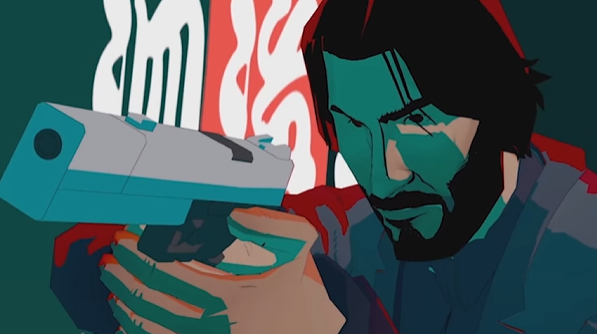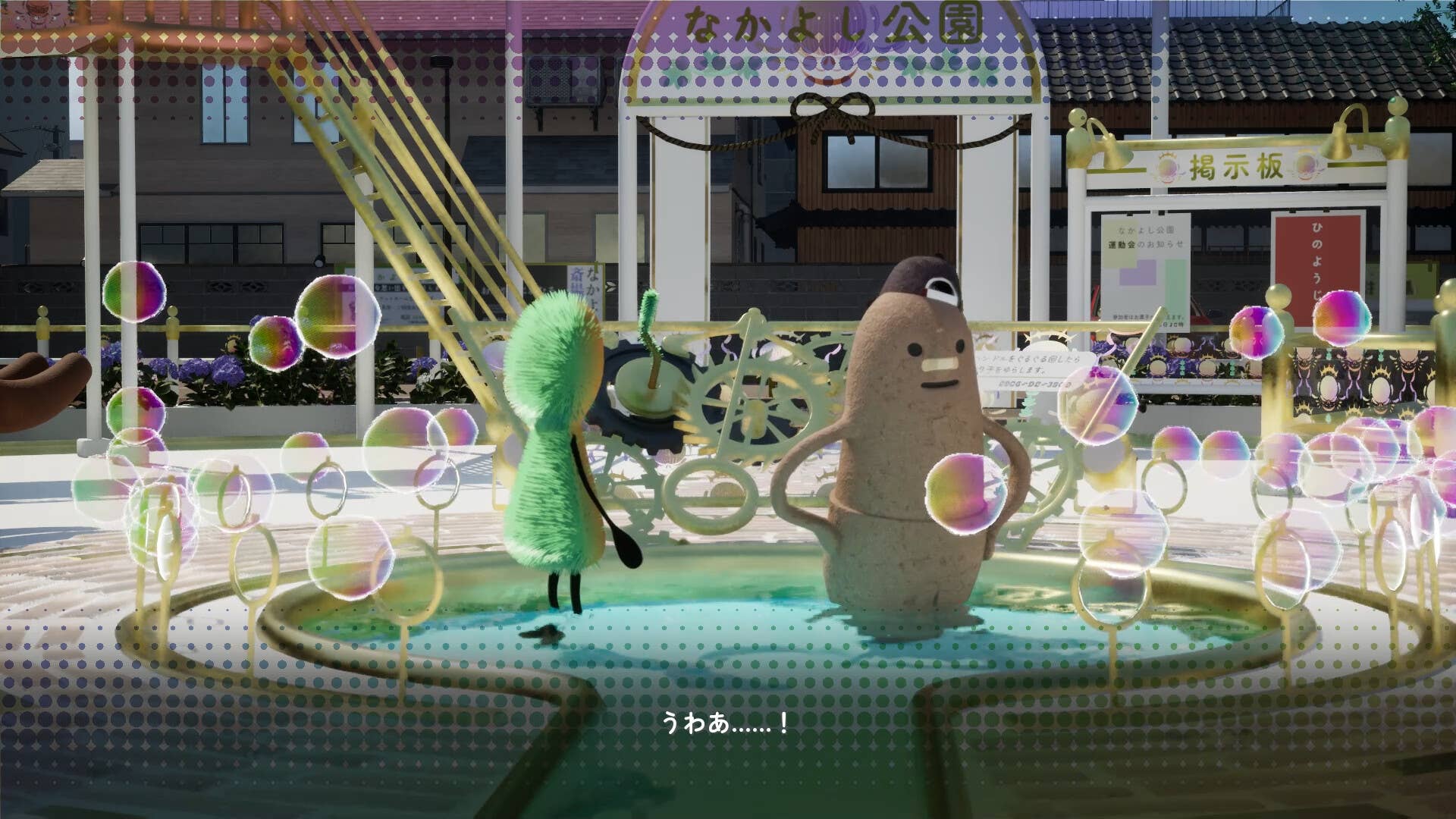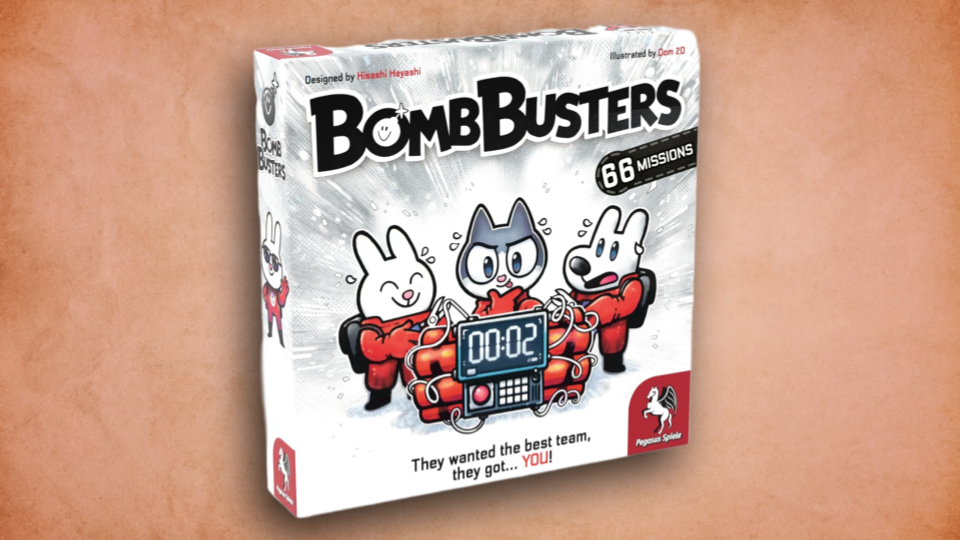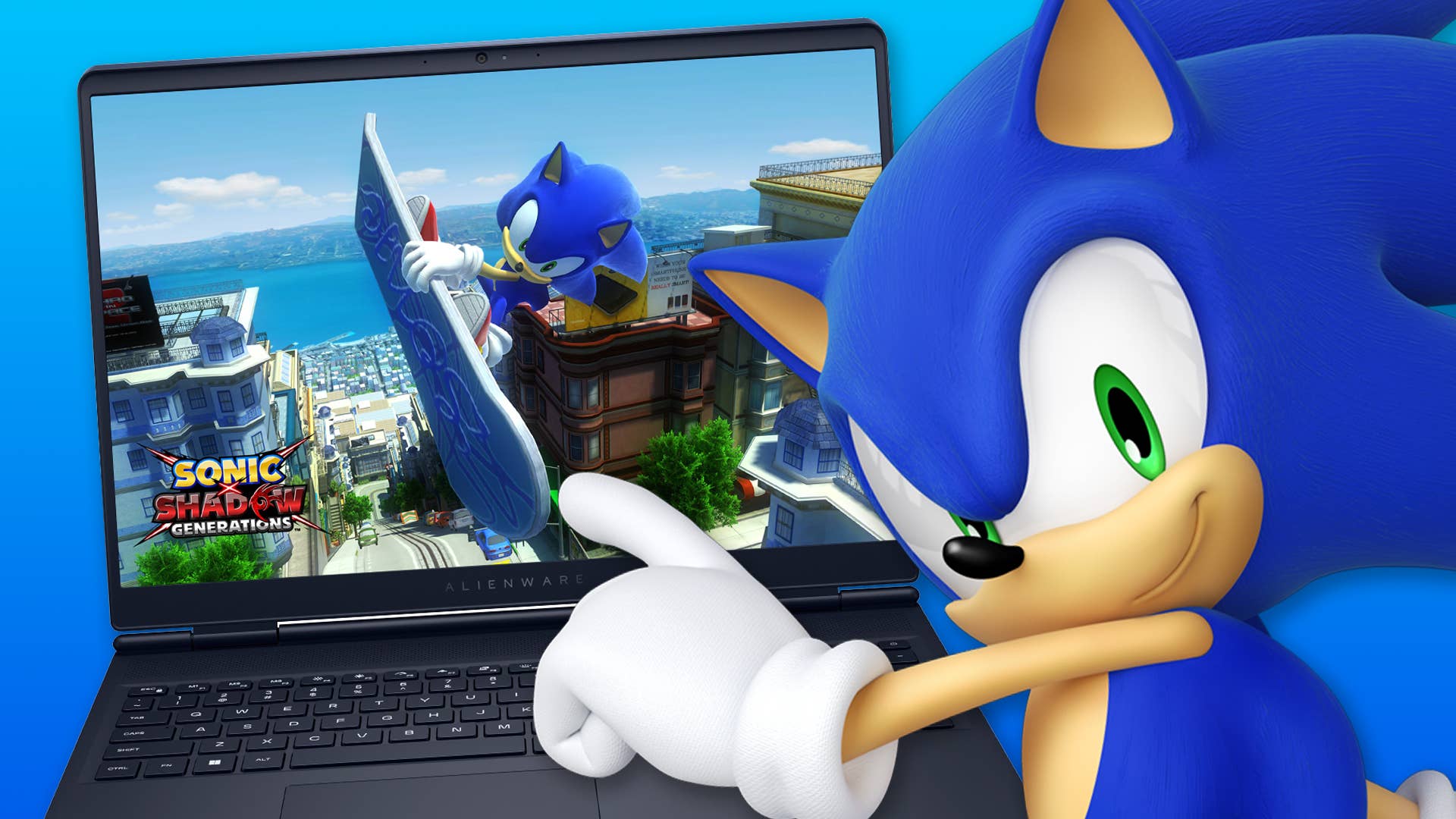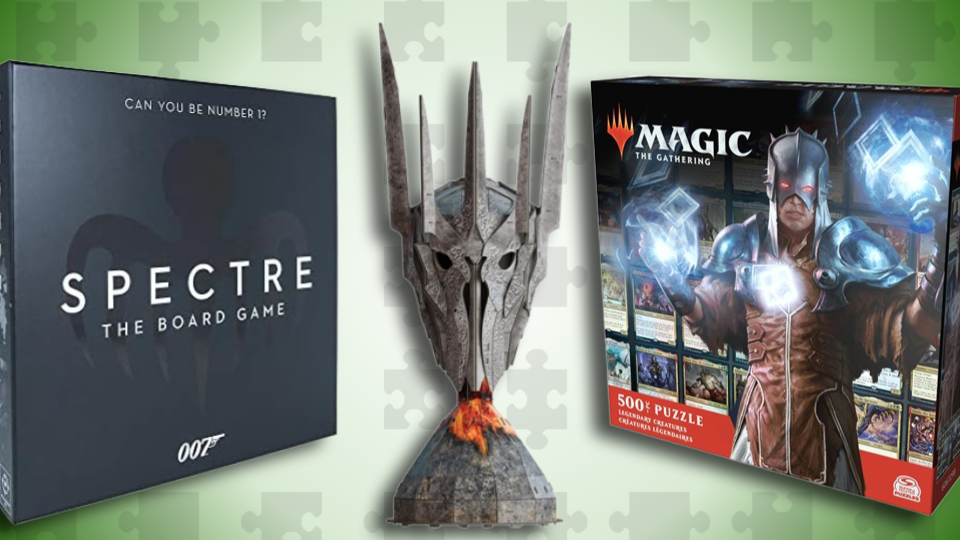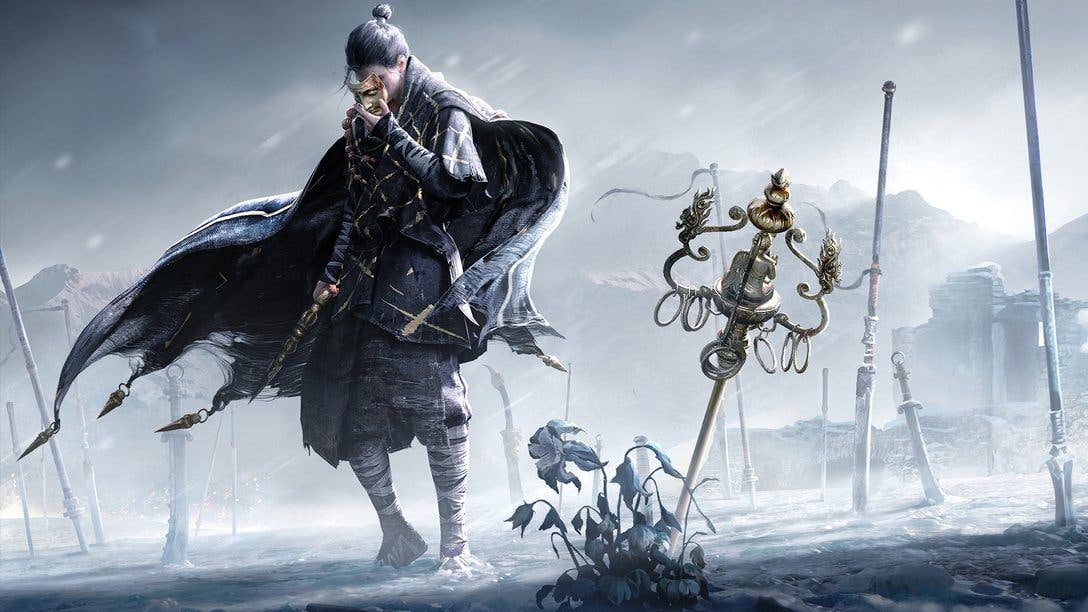
The only officially licensed John Wick video game is being removed from sale just six years after launch.
Bithell Games’ well-received John Wick Hex launched in October 2019. It’s a fast-paced, action-oriented strategy game “that makes you think and strike like John Wick.” John Wick, of course, is the hugely popular action hero made famous by Keanu Reeves.
Fast forward six years and John Wick Hex is set for the digital scrapheap. In an update directed at the game’s community, publisher Big Fan Games (which is part of Devolver Digital) said John Wick Hex will be removed from sale on all platforms beginning July 17, 2025.
After July 17, existing owners of John Wick Hex will still be able to access the game via their digital libraries across PC and console, and of course physical copies will continue to work on console. However, new purchases of John Wick Hex will not be possible, regardless of platform or storefront.
Big Fan Games failed to say why John Wick Hex was being removed from sale, but it seems likely it’s the result of the expiration of its licence with John Wick rights holder Lionsgate Entertainment. IGN has asked Big Fan for comment.
The expiration of a licence is one of the main reasons video games end up being pulled from storefronts; you see it most often with video games that have licensed music. It happened to Alan Wake, Star Wars: Knights of the Old Republic remake trailers, and Spec Ops: The Line, to name but a few. Video game preservationists often call for video game companies to do more to keep their products alive when this happens. Back in 2018, Rockstar replaced Grand Theft Auto IV song licenses that had expired after the end of a 10-year deal.
As for Bithell Games, it released Tron: Catalyst last month. The game was developed in collaboration with Disney and Pixar Games, and is set within the world of Tron.
And as for John Wick, he recently cameoed in spinoff Ballerina, and John Wick 5, once again starring Keanu Reeves, is in development, although we’re not sure when it will come out. Director Chad Stahelski recently said he’s still trying to work out how to make Keanu Reeves in John Wick 5 make sense given the ending of 4. Meanwhile, Keanu Reeves reportedly pays a company a few thousand dollars a month to get the likes of TikTok and Meta to take down imitators.
Lionsgate has confirmed it has a John Wick AAA video game in the works, although it has said nothing about it.
Wesley is Director, News at IGN. Find him on Twitter at @wyp100. You can reach Wesley at wesley_yinpoole@ign.com or confidentially at wyp100@proton.me.

